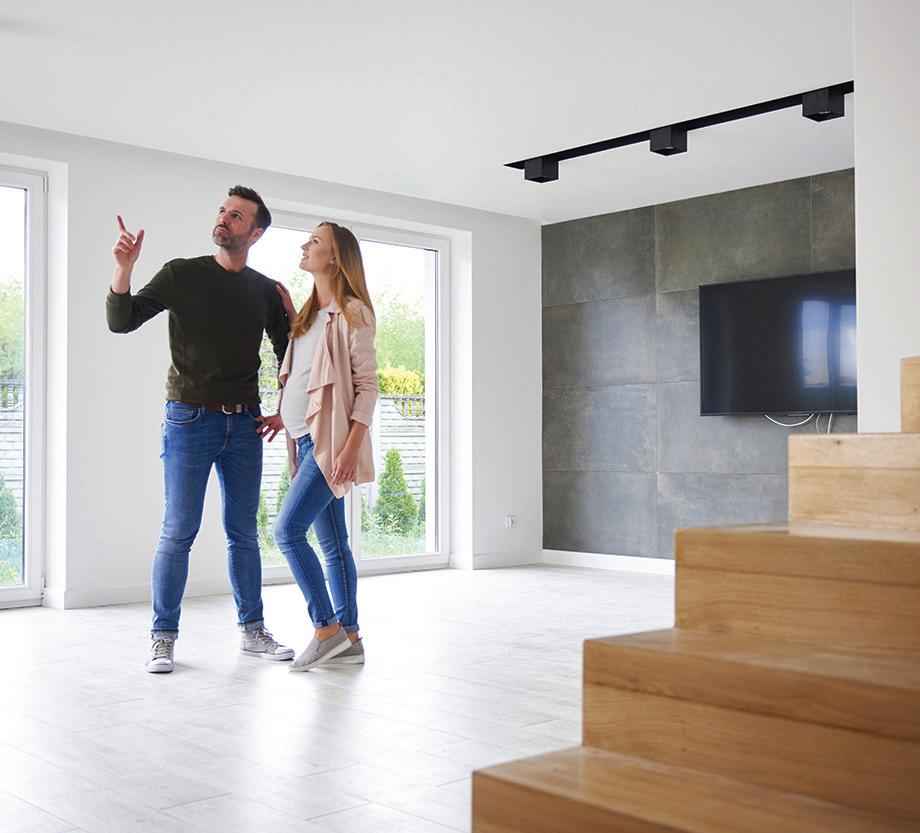Gardening is a rewarding hobby that has been linked to health benefits like reduced stress and improved mental well-being. Gardening also can lead to an inviting home landscape full of attractive blooms and/or delicious foods.
Backyard gardens have long been planted after clearing a plot of land, tilling and amending the soil, and planting rows of favorite crops. However, gardening can be less labor-intensive and even more successful when people consider the many benefits of container gardening.
Container gardening is a great way to add plants to smaller patios, reduce the workload involved in maintaining expansive gardens, and customize conditions for optimal growth.
Benefits of Container Gardening
What is container gardening?
As its name implies, container gardening is growing plants inside of containers. These containers can be flower pots, rectangular deck boxes or even large raised garden beds.
Pros to container gardening
One of the advantages of container gardening is that plants can be moved in and out of sunlight to ensure the right growing conditions. This isn’t as easily achieved when gardens are stationary. Also, beginner gardeners may be more able to control soil conditions inside of a small container rather than a vast ground-based garden, which will require a good deal of manual labor. Pots and boxes also can be grouped together to create eye-popping displays, usually at lower costs than the sheer volume of plants that would be needed to fill out an expansive landscape.
Cons to container gardening
Container garden plants will not have direct access to the ground, so they need gardeners to create the ideal growing conditions. Developing the right care formula can be challenging. The home and garden resource The Spruce says that drainage is an important factor in container gardening, and most containers do not offer enough drainage holes. If water cannot escape the soil, the roots of the plants can rot and die. It’s not enough to add stones or gravel to the bottom of containers. Drill additional holes in the bottom (1/2-inch in diameter for small or medium-sized pots; one inch in diameter for larger pots). Also, be sure to check on soil moisture so that watering can be adjusted. During hot stretches, plants may need to be watered more frequently.
Plan for plants that play well
Grouping plants together can create visually stunning combinations. However, it is important to choose plants that require the same amount of light and moisture. Look at plant tags when visiting the garden center and select complementary plants, or ask a store employee. Mixing different plant shapes, colors and leaf textures, as well as plants of various heights, can help containers look filled out.
Feed plants accordingly
Plants need nutrition to thrive in containers. Quality potting mixes will contain fertilizers, but nutrition will wane over time. Every couple of weeks, container plants will need either fresh potting mix or granular fertilizer added to feed them. Oregon State University Extension Services suggests using a slow-release fertilizer or worm castings several times throughout the season.





